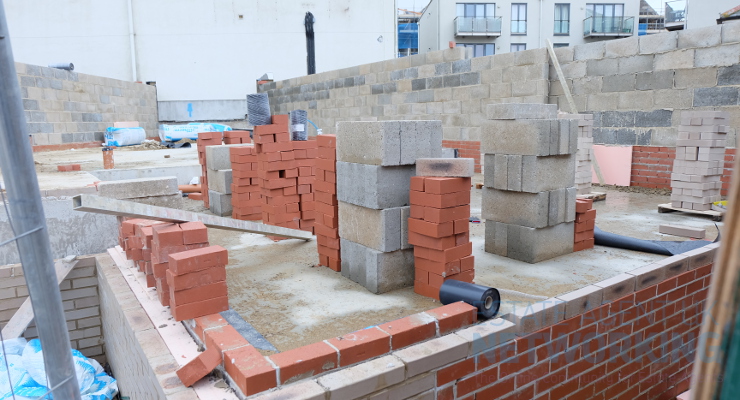Highest demand to lease office space since pre-pandemic
The latest insights from the UK’s number one commercial property website Rightmove, reveals that the number of unique enquiries to lease office space is at its highest point since pre-pandemic, as businesses look for spaces that meet modern requirements.
Demand to lease office space is 19% higher than the same period a year ago and comes at a time when many businesses are continuing to consider how often employees should be in an office together.
Rightmove’s Quarterly Commercial Insights Tracker analyses millions of data points from the largest and most engaged commercial audience in the UK, to track supply and demand over time. Demand is measured by enquiries to commercial agents about listings for lease, or to invest in via Rightmove.
A snap poll in Rightmove’s research panel, Living Room, also shed some light on what could attract UK employees to spend more time in an office.
Amongst more than 350 office workers, a shorter commute (51%), free or discounted food (39%), greater flexibility with working hours (34%) and better facilities (29%) were some of the top priorities employees said would make them want to go to the office more.
The things that people found most frustrating about working in an office were the commute (61%), the office temperature (27%) and poor office facilities (24%).
Industry experts suggest a desire from employees to work in top class office spaces near good transport routes, particularly the Elizabeth Line, is driving business decision making.
In other trends, demand to invest in commercial property of all types continues to grow as the interest rate environment becomes more favourable. Demand to invest in commercial property is now 19% ahead of Q1 2024.
This quarter, demand to invest in offices has outpaced the industrial sector, which had been leading the way. Demand to invest in the office sector is up by 75% versus the same period last year (a low base), compared with 70% for industrial.
In the leasing sector, demand to lease leisure and hospitality spaces is up by 37% versus the same period last year. Demand to lease industrial space is also up 37% as the growth of e-commerce continues to fuel demand for warehouses.
“Modern, well-positioned office space with great amenities and service is being used as an added incentive to attract top talent, to encourage them into city centres more, and is seeing strong demand. Older, energy-inefficient and less comfortable office spaces are struggling to meet expectations from office workers.” Andy Miles, Rightmove’s MD of Commercial Real Estate
Experts’ Views
“Post-pandemic, modern offices have become lifestyle spaces rather than just somewhere that people spend the hours of nine to five. Businesses want to be near good transport links, particularly key Elizabeth Line stations, and in a building which has the kind of amenities which excites top talent.
“The higher-end of the market, the best-in-class office buildings, are doing well and seeing strong demand.
“There is also greater demand from medium-sized businesses for offices that are fully furnished and ready-to-go, rather than needing the time and upfront costs for businesses to fit themselves. Landlords have responded to this by offering turnkey solutions across their portfolios. It’s becoming much more par for the course.” Stephen Page, Partner at Anton Page in London
“The UK industrial and logistics sector remained active in Q1 2025, preliminary data points to 8.1 million sq ft of occupier take-up – a decrease on the previous quarter, although this comparison is skewed due to a recent upward revision of Q4 2024 figures. Vacancy rates remain stable quarter on quarter and are expected to decline as the year progresses.
“Although the occupier market lacked the presence of ‘mega’ deals, the pipeline remains promising, with several sizeable assets under offer and expected to complete in Q2. Moreover, there are multiple significant requirements currently active in the market, indicating strong latent demand.
“Regionally, Yorkshire was a standout performer after a relatively subdued 2024. The region saw elevated levels of occupier activity, fuelled by its strong connectivity and growing appeal to logistics operators due to the favourable rents compared with more prominent locations in the Midlands. Overall, Q1 2025 reflects a market that is steady and resilient, with signs of increasing momentum in both leasing and investment activity as the year unfolds.” Claire Williams, Head of UK & European Industrial Research at Knight Frank






